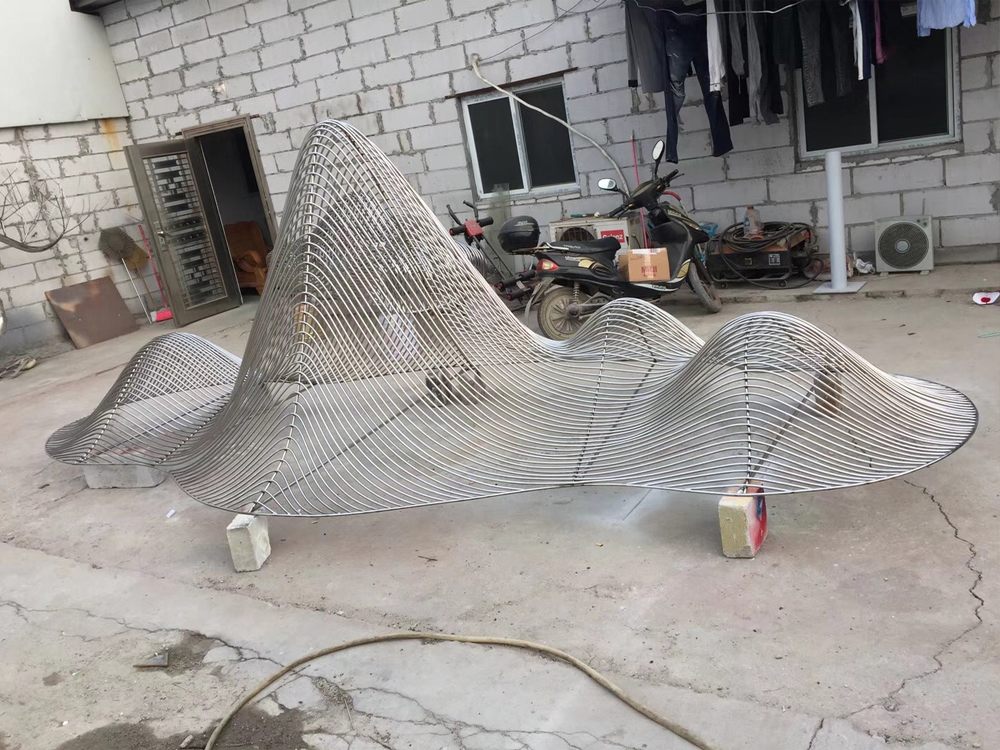
Wood carvers masterfully infuse life into static materials by employing techniques that evoke motion and narrative progression. One key method is the strategic use of flowing lines—carved curves and undulating surfaces guide the viewer's eye along a visual journey, mimicking natural movement. Dynamic poses also play a crucial role; figures caught mid-action, with draped clothing or wind-swept hair, create an illusion of frozen motion.
Depth variation through layered carving establishes foreground and background elements, suggesting spatial progression. Carvers often arrange multiple figures in sequential positions to imply a story unfolding, much like frames in an animation. The grain direction of wood becomes an intentional tool—following or contrasting the natural patterns to enhance energy.
Textural contrasts between polished and rough surfaces mark transitions in time or emotion within the narrative. Some artists incorporate actual moving parts, like rotating bases or suspended elements, to physically manifest progression. By combining these techniques with symbolic motifs—such as upward spirals suggesting growth—wood carvers transform timber into captivating visual stories that seem to breathe with implied movement.

